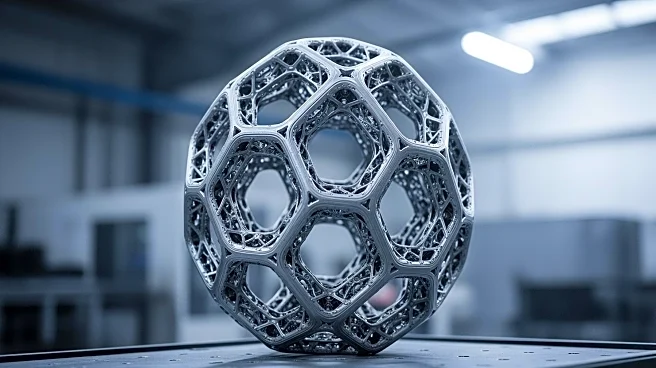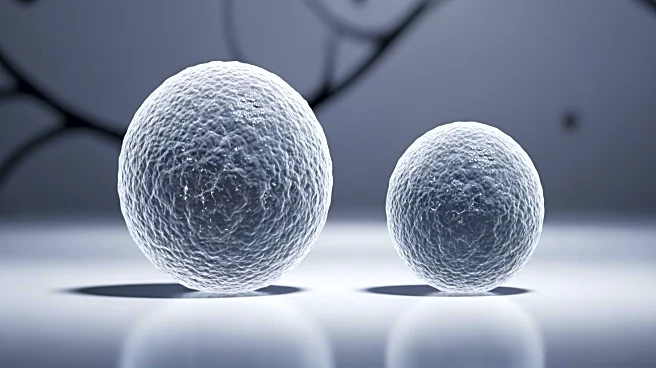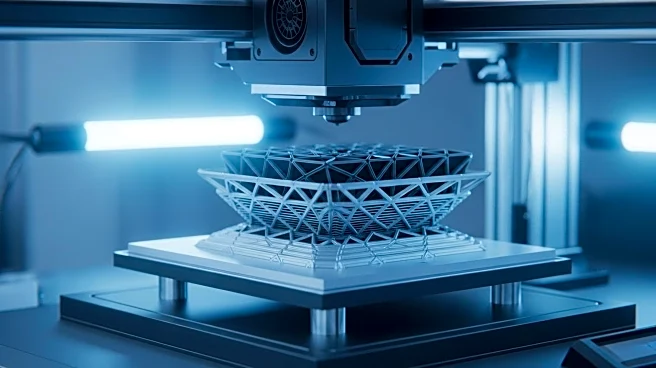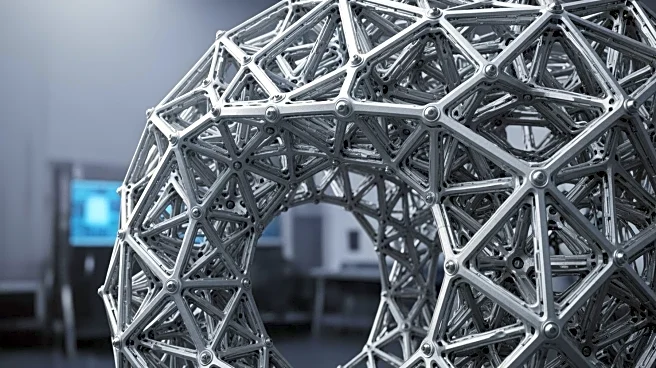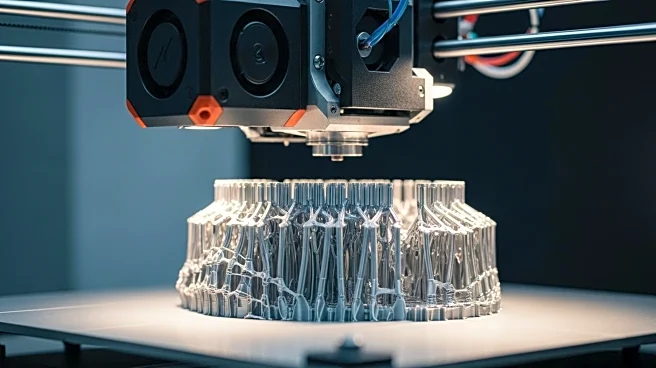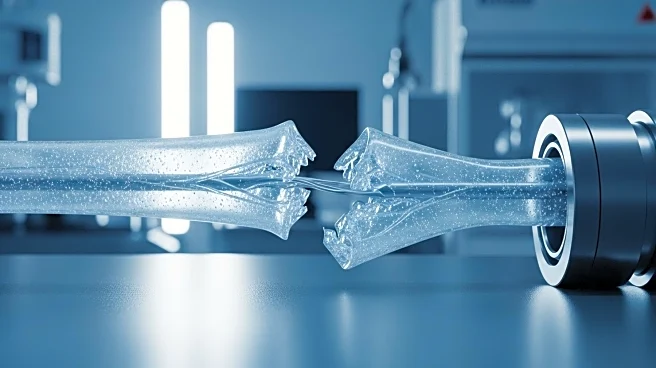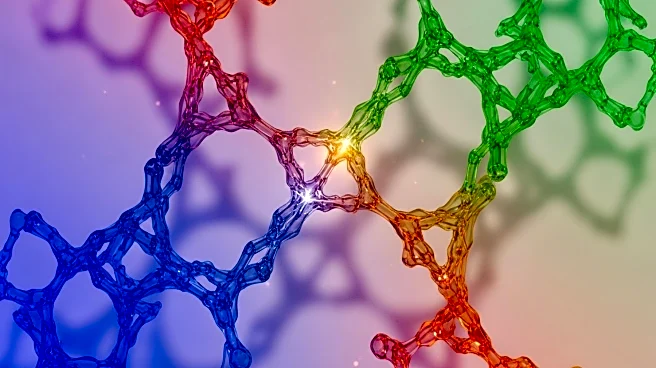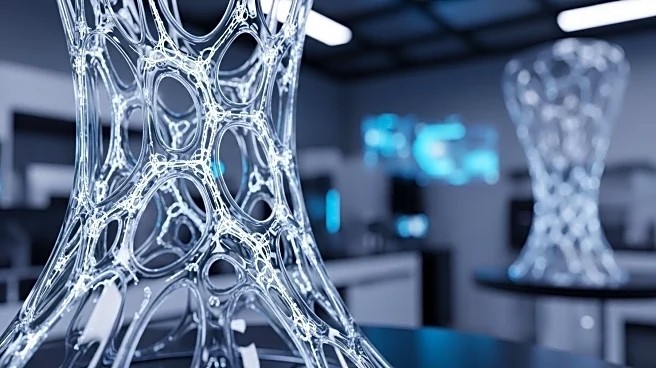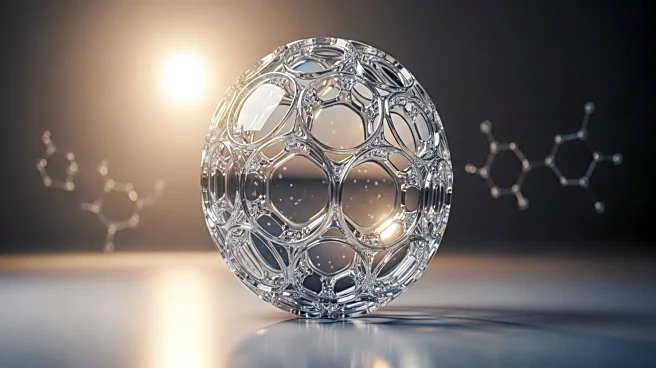What's Happening?
A study published in Nature investigates how the size of silica particles affects the mechanical, surface, and printing-trueness properties of 3D-printed dental resin. The research compared nano-sized (5-20 nm) and micro-sized (0.5-10 µm) silica particles at concentrations of 1 wt% and 2 wt%. Findings revealed that larger silica particles improved flexural strength and hardness but resulted in rougher surfaces, while nano-sized particles enhanced the degree of conversion and produced smoother surfaces. However, printing accuracy was not significantly affected by particle size, indicating a partial rejection of the null hypothesis.
Why It's Important?
Understanding the impact of silica particle size on dental resin properties is crucial for optimizing 3D printing applications in dentistry. The study's findings can inform the development of more effective dental materials, potentially improving the durability and aesthetic quality of dental restorations. This research contributes to the broader field of dental material science, offering insights that could lead to advancements in patient care and treatment outcomes.
What's Next?
Future research may explore higher concentrations of silica particles and their effects on resin properties. Additionally, studies could investigate the long-term performance of dental restorations using different silica formulations. The findings may also prompt further exploration into hybrid or high silica loading formulations to achieve optimal balance between mechanical strength and aesthetic qualities.
Beyond the Headlines
The study highlights the importance of material science in advancing dental technology. Ethical considerations regarding patient safety and the environmental impact of dental materials may drive further innovation in sustainable and biocompatible solutions. The research also underscores the potential for interdisciplinary collaboration in developing cutting-edge dental treatments.


